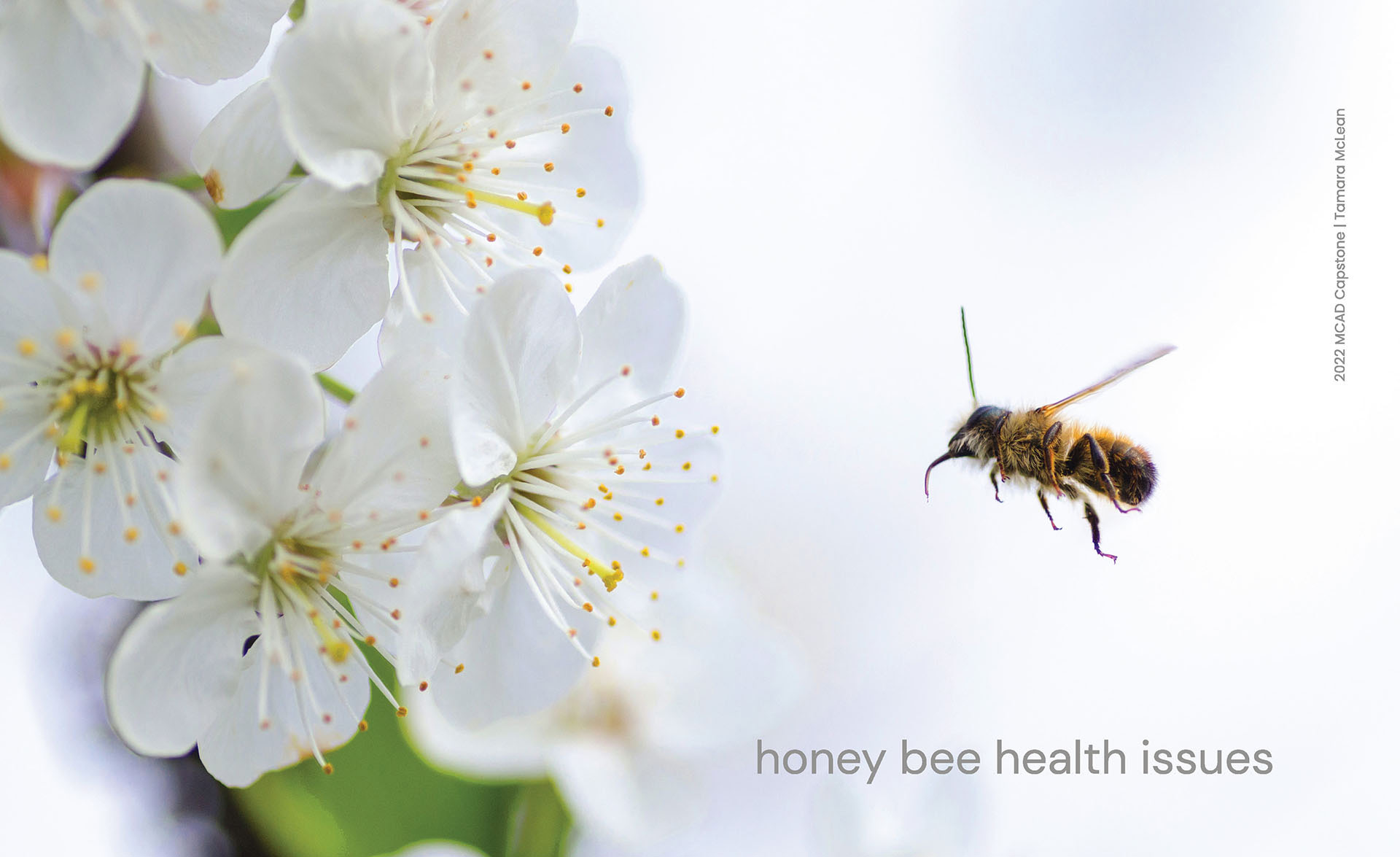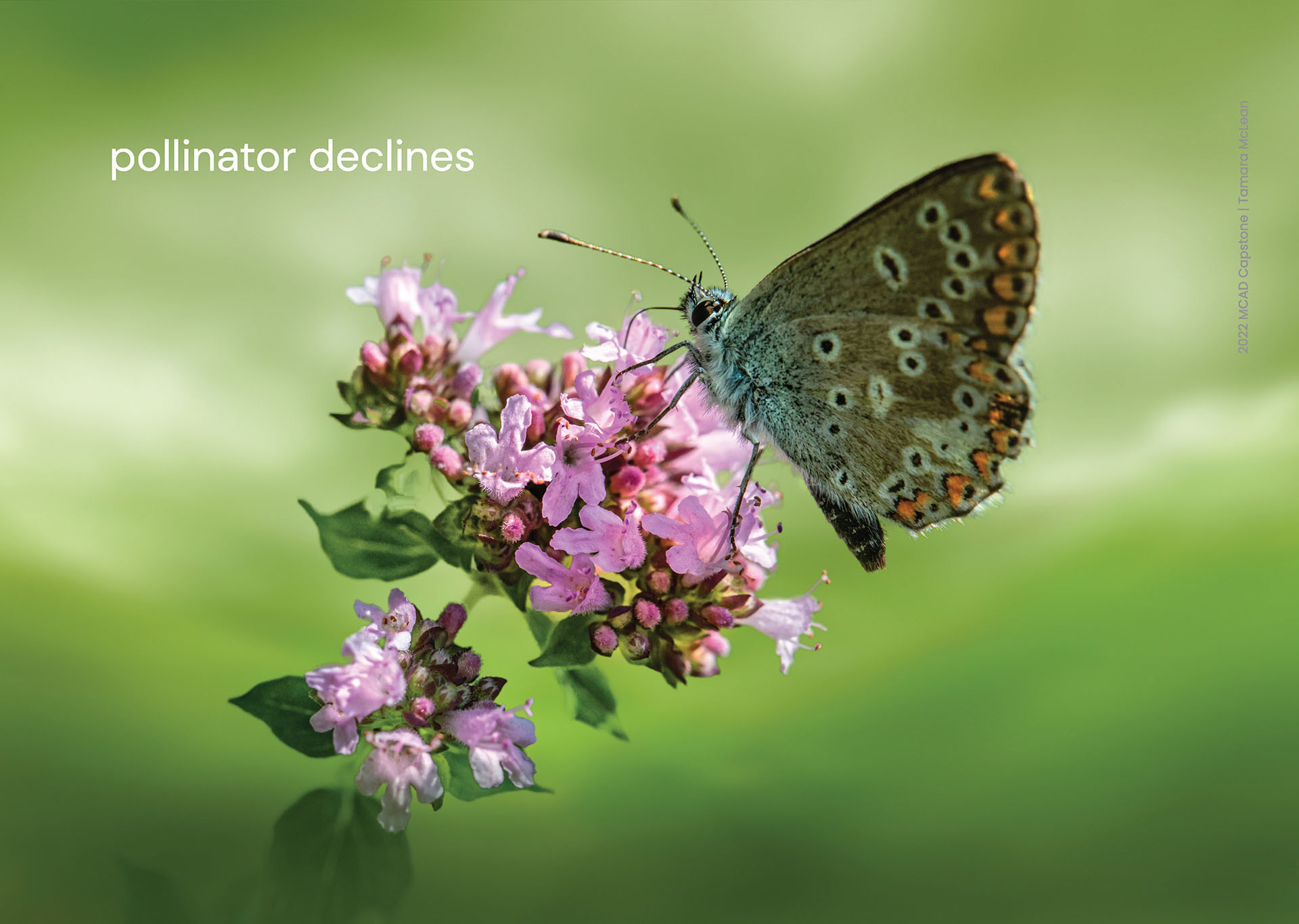

In 1915, nine members of the Green Bay Art Club held a one-week exhibit of rare and historically significant objects from the Green Bay and De Pere area. The exhibit was held in the basement of the local library. It was so popular that the Club decided the community needed a permanent museum. In December 1915, the Art Club incorporated as the Board of the new Green Bay Public Museum. The museum started in the Assembly Room in the Library. The museum thrived, soon filling several rooms. The museum's mission was to “bringing the world” to Green Bay. The collections included important local artifacts as well as items from around the world.
By 1923, the Library had run out of space and informed the museum that it was time to move to their own building. In November 1925, Mr. and Mrs. George Mason of New York City donated $60,000 to build a museum. They asked for two things in return. The City of Green Bay must give sufficient means for the museum’s proper maintenance. The museum must be named as a memorial to Mr. and Mrs. Arthur Neville’s "work towards civic betterment in Green Bay.” Mrs. Mason was Mrs. Neville’s daughter. The City agreed, accepted the gift, and the new Neville Public Museum opened to the public on July 23, 1927.
The Neville Public Museum of Brown County is an accredited cultural institution that champions history, science and art. Located in downtown Green Bay, Wisconsin, the museum is dedicated to the collection and preservation of significant objects relevant to Northeast Wisconsin and the Upper Peninsula of Michigan. The museum seeks to bridge these multi-generational regional communities through engaging exhibits and dynamic programming.
As a foundation board member for the past 3 years I witnessed first hand the struggle museums around the United States endured during the Covid-19 quarantine and reopening. For my capstone project, I wanted to find a way to support and contribute to the museum in my community. This past spring I met with Beth Lemke, the Neville Public Museum Executive Director and her team to find a project that would make a significant impact. It was at that meeting, after touring the entire museum, that the pollination garden was identified as the right project. Together we talked about ideas of how the garden could be more welcoming, informative and accessible.

In 2014, amid concerns about pollinator declines, honey bee health issues and the future of honey, and crop production, the State of Wisconsin Department of Agriculture, Trade and Consumer Protection initiated a project to develop a statewide pollinator protection plan.
State of Wisconsin Department of Agriculture, Trade and Consumer Protection agency partnered with researchers at the University of Wisconsin, Madison, to gather scientific research and information from diverse stakeholders to guide plan development. The goals of the plan include:
UW-Extension Master Gardners Program of Brown County proposed the installation of a pollination garden to the Neville Public Museum staff and foundation board.
The goal is to educate families about the benefits of pollination gardens through entertaining experiences and encourage home pollination gardens by providing knowledge about plants and best practices.
